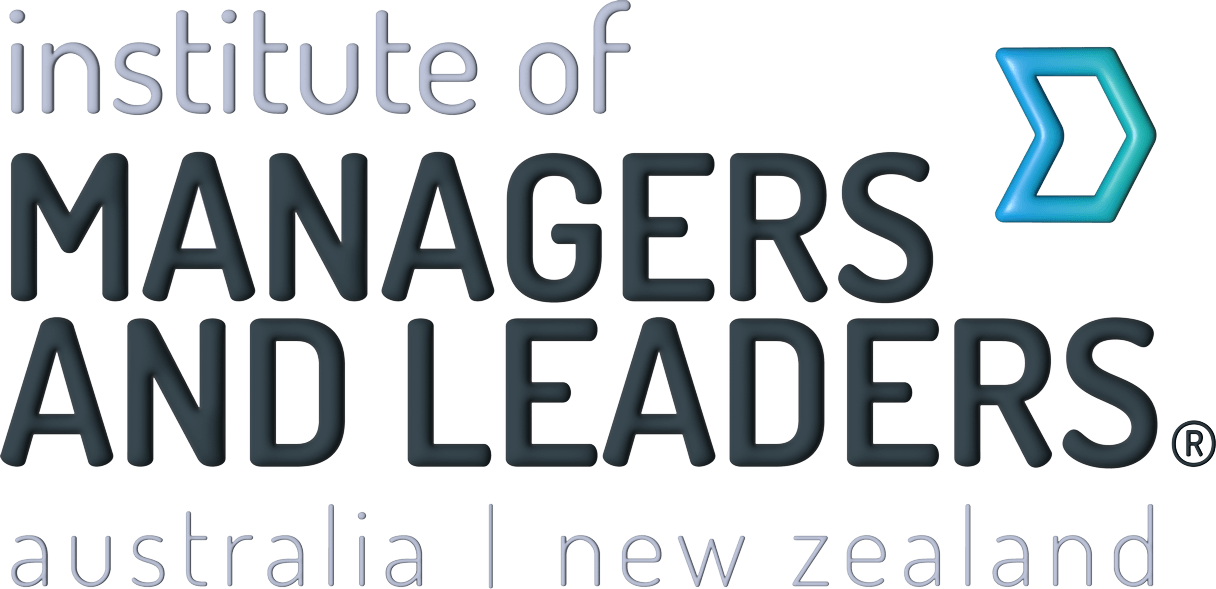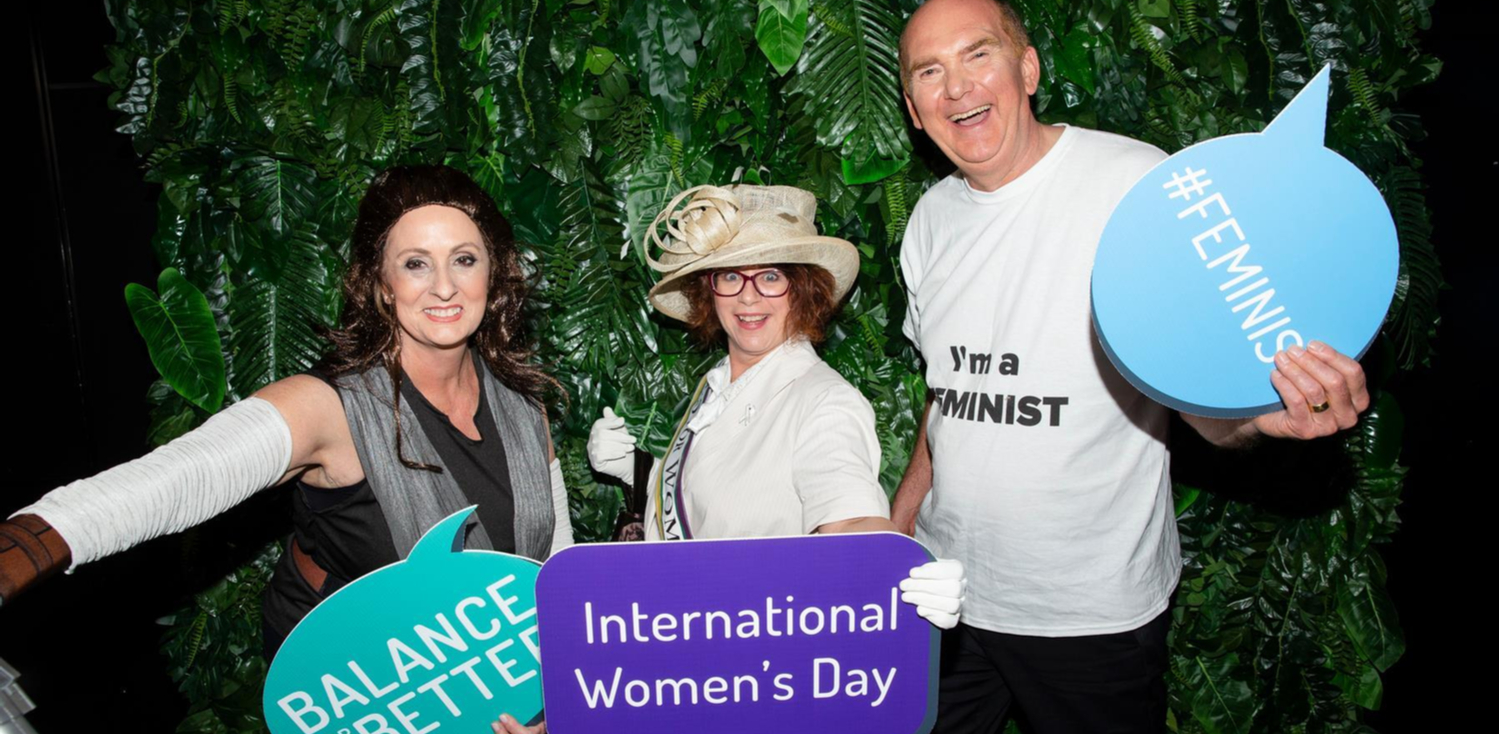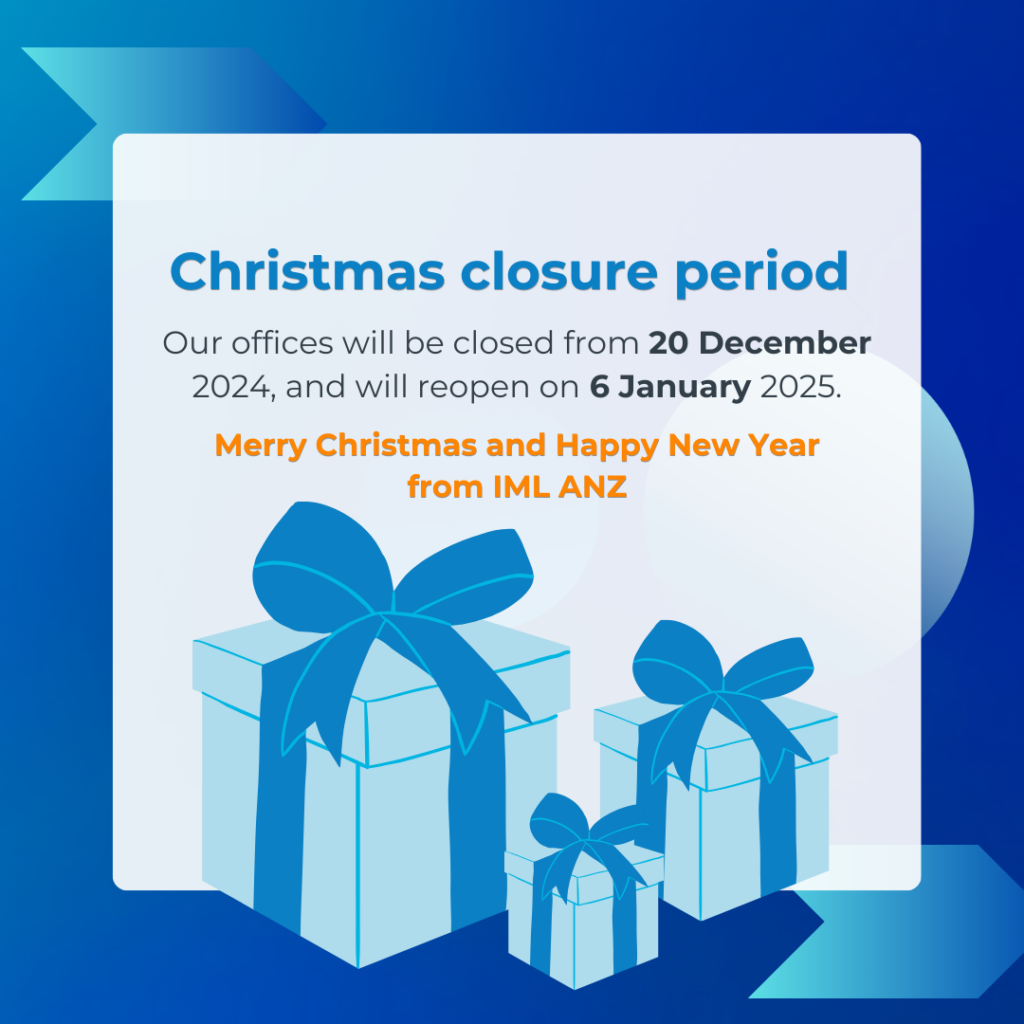By Jane Caro
Throughout all the years that I was one of the few women working in creative departments in ad agencies, I often asked myself the question why so many managers seemed to prefer employing clones of themselves. To be fair, I did have one creative director who hired a variety of people for his department – women, people from other ethnic backgrounds, different ages and sexual orientations. It was the best creative department I ever worked in, but it was also highly unusual. Most creative departments were (and still are) staffed by white blokes in their thirties, many of whom (oddly) were English. He was also the only manager I ever had who hired his staff with care and then left them alone to do their job. That was also rare.
In the end, the only answer I came up with about why so many bosses seemed to prefer homogeneity was fear. They felt at home and at ease with people like them. Difference – be it of gender, race, class, sexuality or anything else – seems to present a challenge to many people. Perhaps that’s why we have turned hiring a variety of people into a buzzword and tamed it under the cloak of ‘diversity’.
Difference can be challenging but it can also be exciting and lead to much better results. There is now so much research indicating that the greater the variety of people you employ (particularly at decision-making tables) the healthier the business, it almost does not need commenting on. Yet the resistance remains.
GENDER AGENDA
Women, in particular, were lectured for years that we needed to make ‘the business case’ for our right to progress up the management ladder (aka diversity). And we have, yet that ubiquitous ladder still remains out of reach for most of us. While enduring that lecture, I confess I often wondered where the business case was for justifying having overwhelmingly white, privately educated, blokes at the top. To this day, no one has ever been able to find a copy of it for me.
As my enlightened boss from the late 90s showed, managing diversity does not need to be either difficult or frightening, especially if you see difference and new ways of looking at things as an opportunity. Perhaps it is hard for bosses who want to be the authority on everything and do not like their decisions to be queried or analysed from a different perspective. If you are genuinely open to new ideas; however, I can’t see how it is any harder than managing any other group of human beings.
Sure, women, people of colour, people of different faiths, ages, sexual identity or orientation and social class have different life experiences, which, of course, is a large part of the richness they bring to any table. However, they are all in essence just other human beings. They are not some kind of alien ‘other’ to be feared and distrusted. Every human on the planet, whatever their background, likes to be treated with courtesy and respect, to have their professional contribution fairly acknowledged and rewarded and to be taken seriously as a colleague. Do that and I doubt you will go far wrong.
After all, there is just as much diversity within groups as there is between them. Women are not a job lot, nor are people of colour or members of the LGBTQI community or those from a working-class background. Managing anyone is sometimes difficult. People have personality clashes. They can be needy, particularly when work gets stressful. And this applies to everyone – whatever their background.
In fact, once you try, you may find that managing diversity is no different from managing homogeneity. It won’t be easier, certainly, but I bet it isn’t harder.
Jane Caro runs her own communications consultancy. She worked in the advertising industry for 30 years and is now an author, journalist, lecturer and media commentator.











